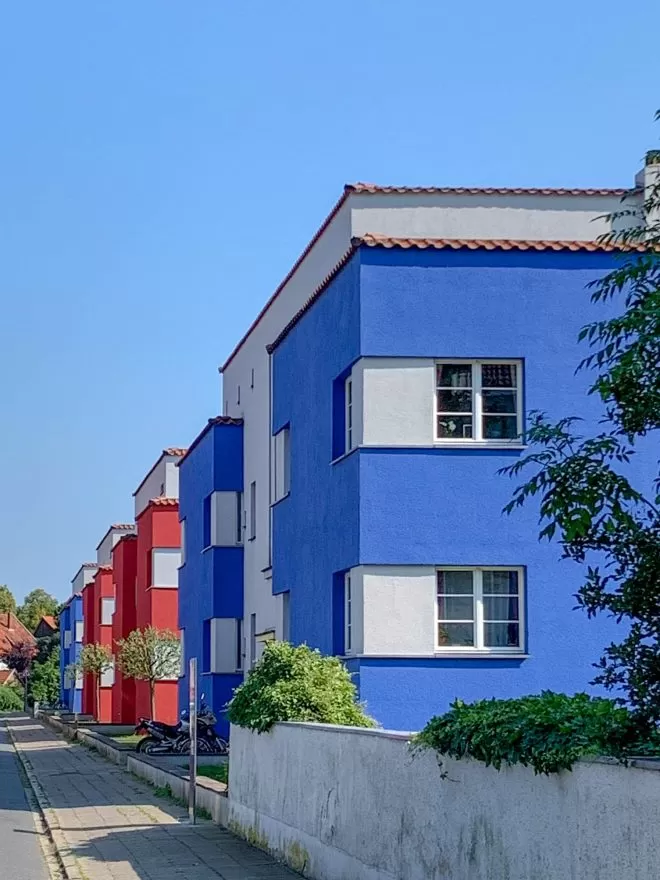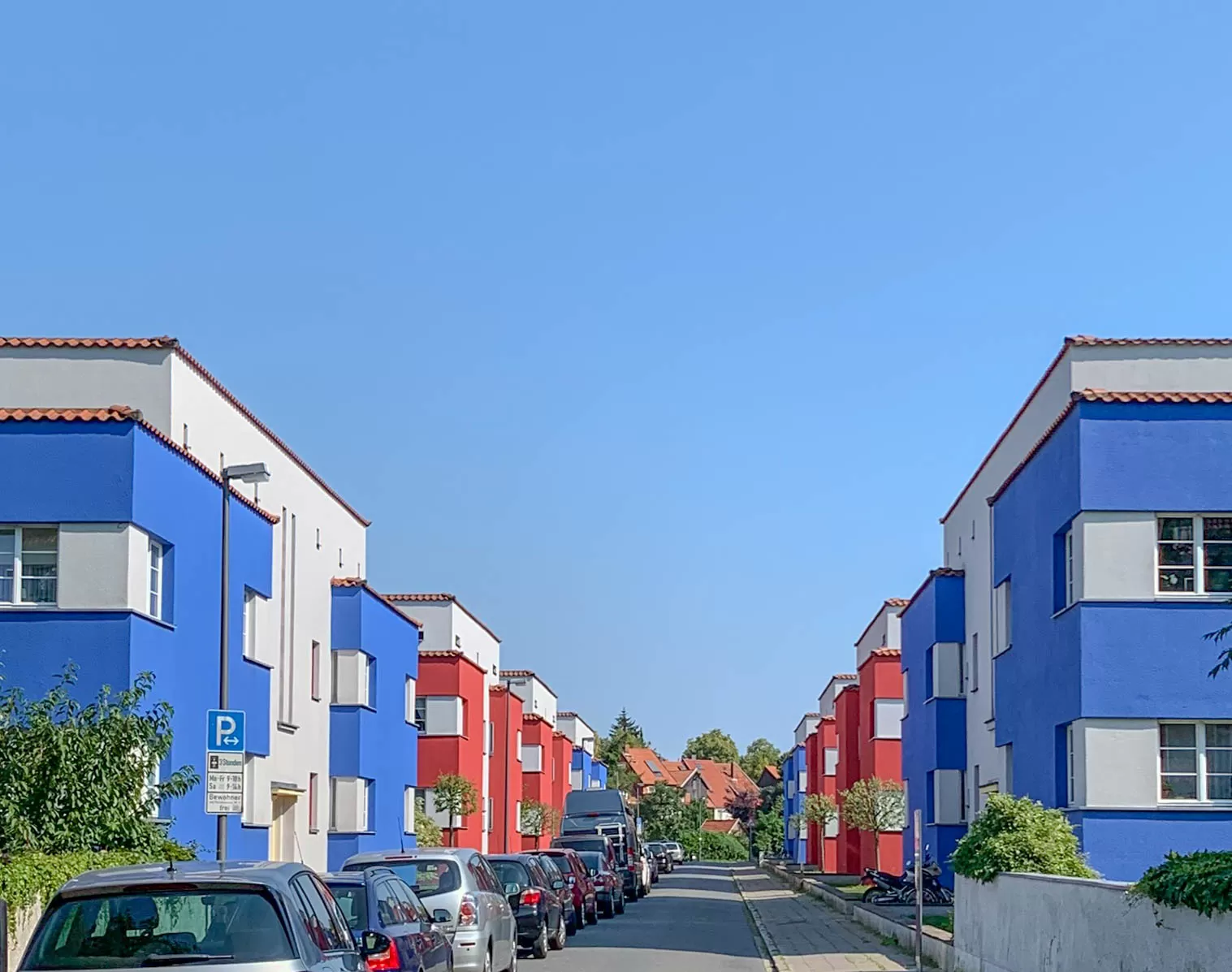
Housing Estate Italienischer Garten, 1923-1925. Architect: Otto Haesler. Photo: Daniela Christmann
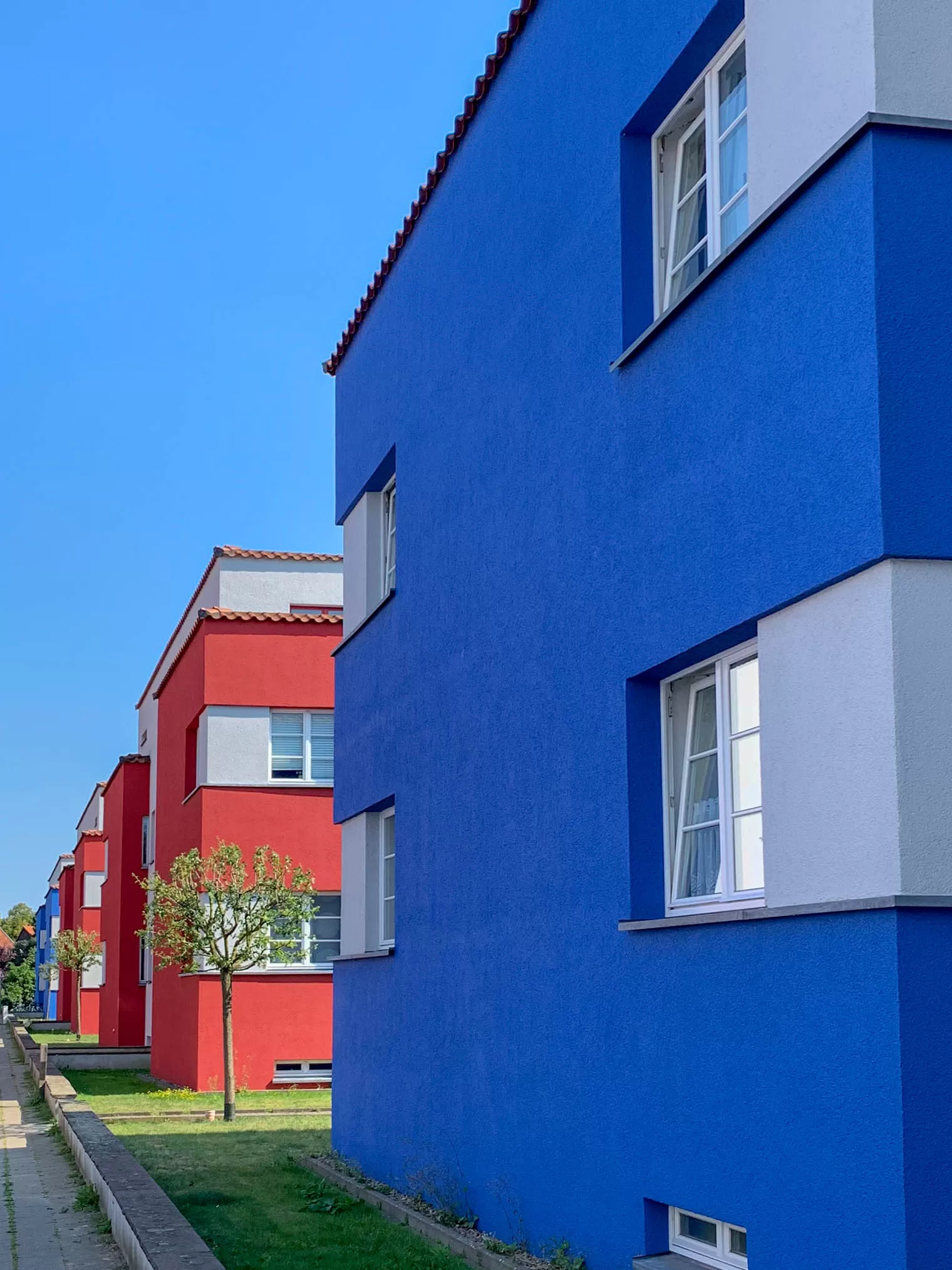
Housing Estate Italienischer Garten, 1923-1925. Architect: Otto Haesler. Photo: Daniela Christmann
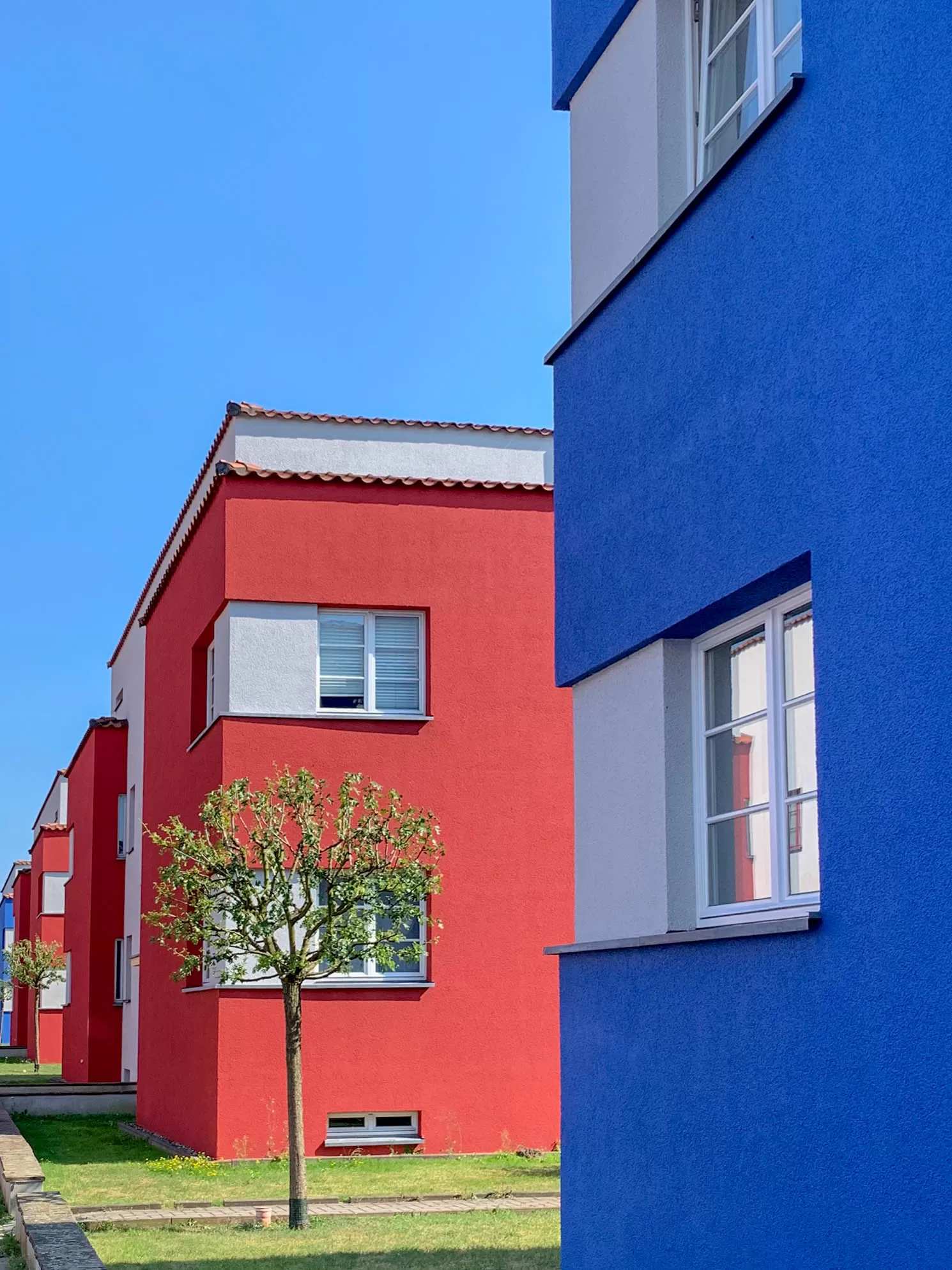
Housing Estate Italienischer Garten, 1923-1925. Architect: Otto Haesler. Photo: Daniela Christmann
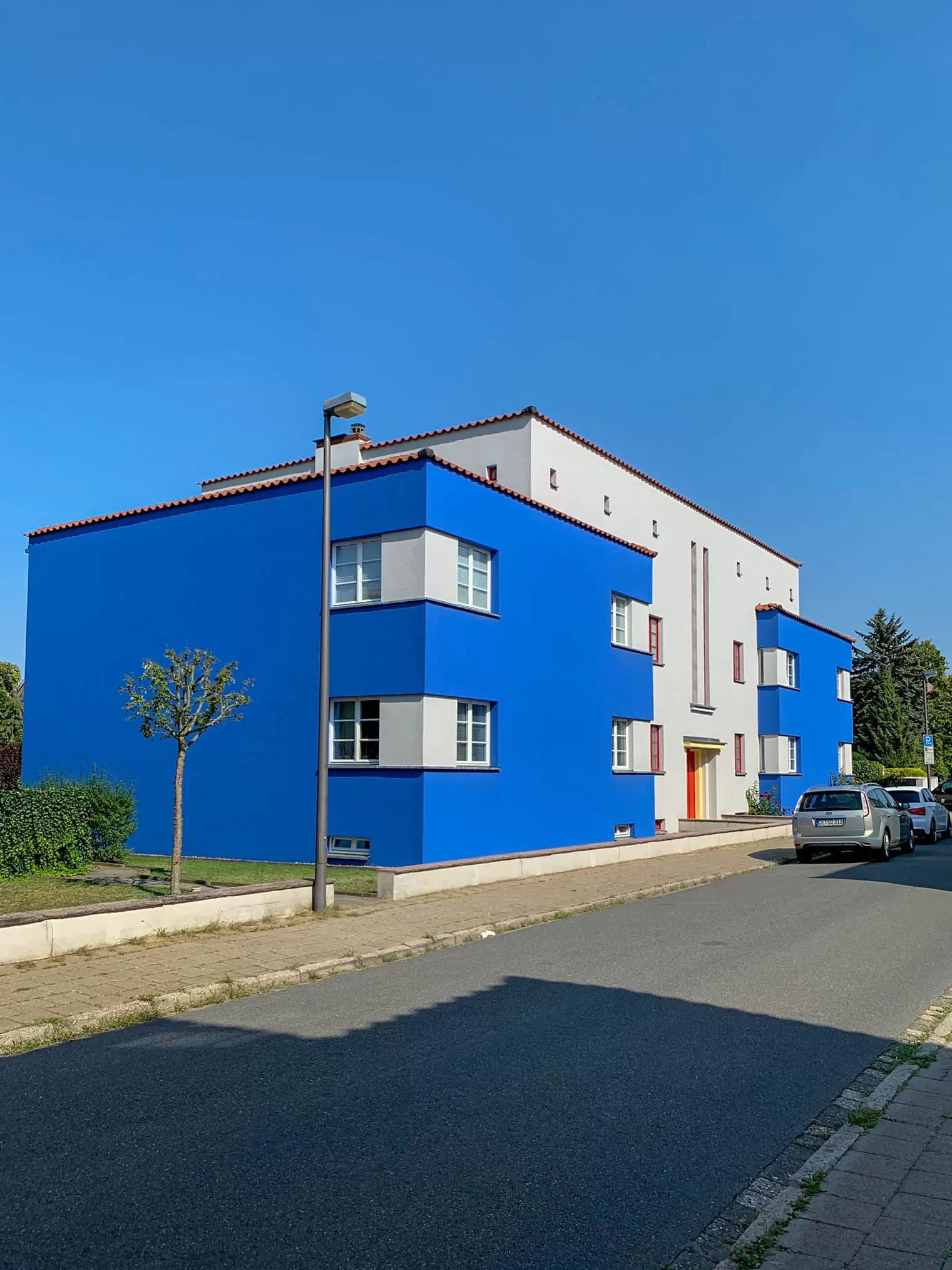
Housing Estate Italienischer Garten, 1923-1925. Architect: Otto Haesler. Photo: Daniela Christmann
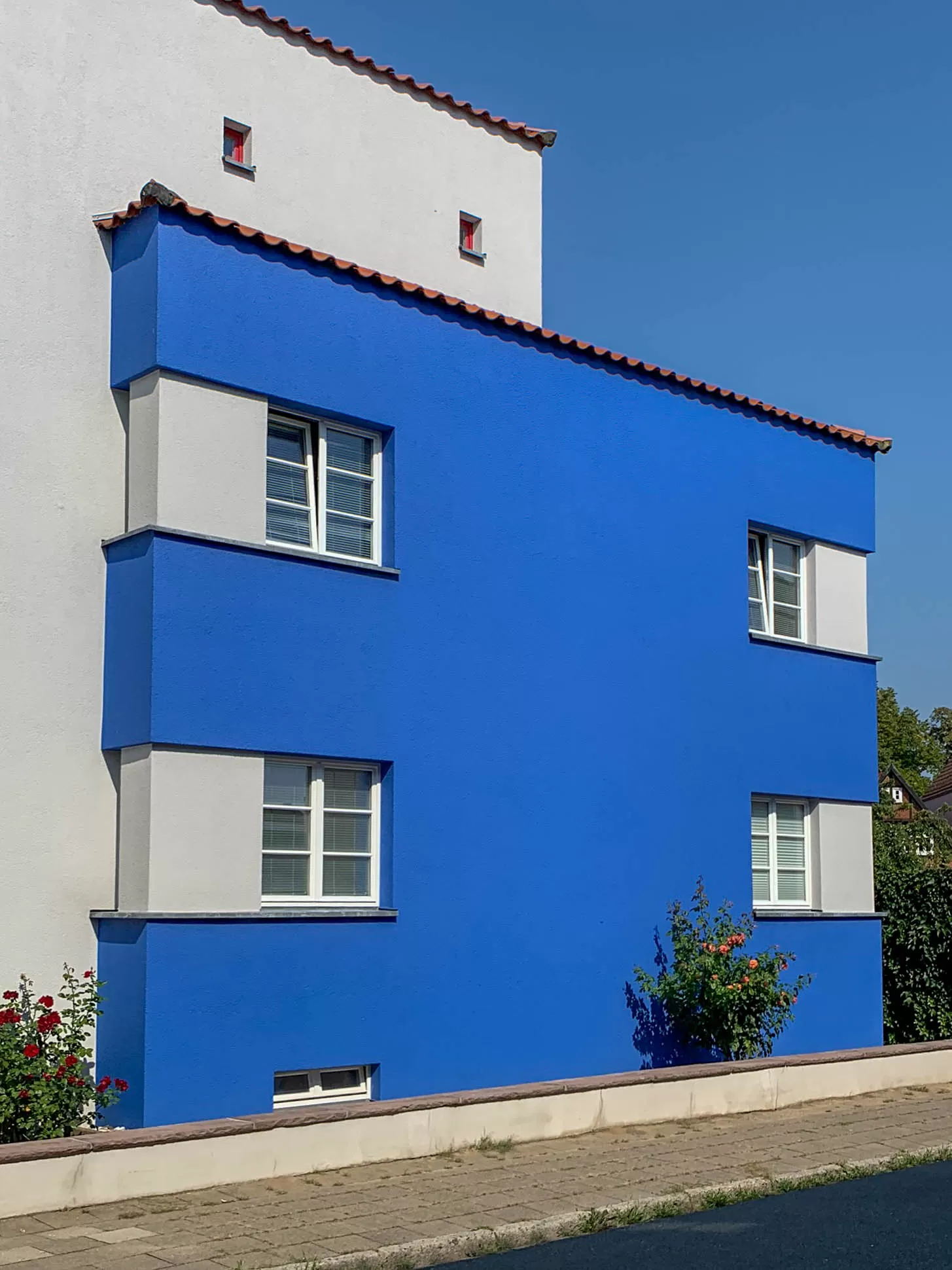
Housing Estate Italienischer Garten, 1923-1925. Architect: Otto Haesler. Photo: Daniela Christmann
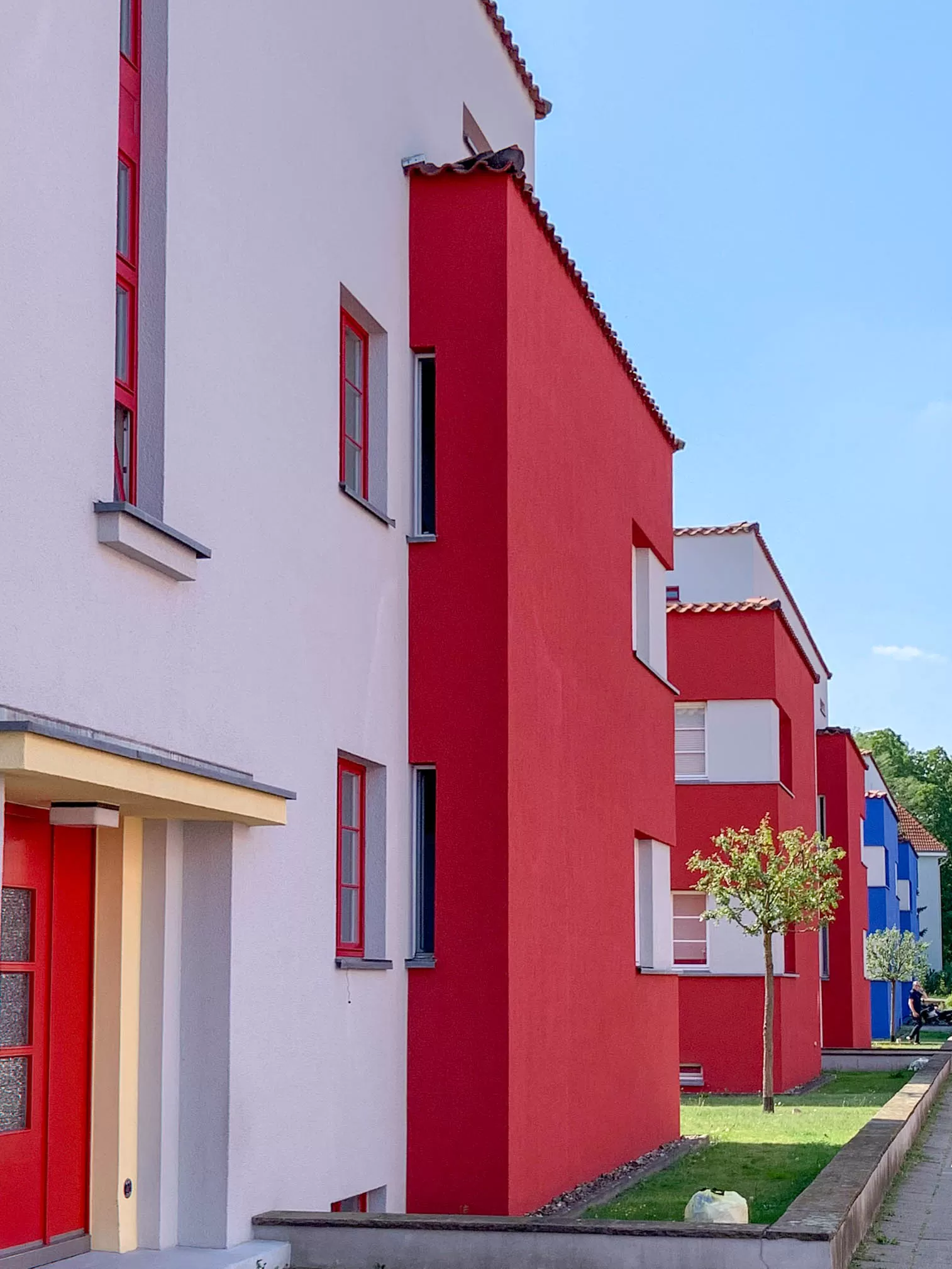
Housing Estate Italienischer Garten, 1923-1925. Architect: Otto Haesler. Photo: Daniela Christmann
1923 – 1925
Architect: Otto Haesler, Colour scheme: Karl Völker
Wehlstraße 29-31, Italienischer Garten 1-8, Celle, Germany
The Italian Garden estate, a listed landmark, is a housing estate in the city of Celle in Lower Saxony and was built between 1924 and 1926 to plans by architect Otto Haesler.
It is considered to be the first housing estate in the Neues Bauen style in the Weimar Republic whose façades were colourfully designed.
Background
In December 1923, the Volkshilfegesellschaft mbH was founded by the Celle merchant Wilhelm Jäger with the aim of alleviating the housing shortage by means of self-help.
Every citizen who owned an unencumbered piece of land was to mortgage it and make this contribution available to the Volkshilfegesellschaft. In return, the society offered cooperative shares. Citizens without land could also become members: A cooperative share cost fifty gold marks.
Otto Haesler
Otto Haesler, who had already carried out a private building project for Jäger, sat on the board of the foundation and was commissioned to carry out the cooperative’s first housing estate.
In 1924, the Volkshilfegesellschaft acquired the building site from the city of Celle. Construction work was carried out in sections from November 1924 to February 1926, and all flats were inhabited by January 1926.
Italienischer Garten
The housing estate got its name from its building site, which was located southeast of the old town of Celle on the elongated property of the former Italian Garden in Celle. The Italian Garden had been created as a court garden together with the neighbouring French Garden in the 17th century.
The estate consists of two six-family houses as head buildings and a total of eight four-family houses facing each other with associated kitchen gardens.
The buildings of the estate, with a total of 44 flats, are situated on two streets.
Apartments
The apartments in the housing estate buildings had a living space of between 129 and 143 square metres and were generously proportioned. From the beginning, the buyers and residents of the houses did not come from the working class, but belonged to the upper middle class.
The two transverse, broad hipped-roof buildings on Wehlstraße form the western entrance to the settlement. Inside the six-family houses are flats with six rooms and a living space of 145 square metres on each floor.
Behind them are eight four-family houses with flat roofs, facing each other in two rows of four. Each house has a front garden and a rear kitchen garden.
All houses have a brightly painted two-and-a-half-storey central section with a central entrance and staircase. The slightly higher mezzanine floor serves as a drying loft.
Doors and Windows
Doors and windows stand out in bright red. To the side of this are fully coloured two-storey cubes that appear to have been inserted into the middle section.
The window design in the side cubes with the windows moved to the edge of the house emphasises the plasticity of the building.
On the rear façade there are small semicircular balconies and an adjoining 250 large garden for self-sufficiency, which was allocated to each residential unit.
Color Concept
The colour concept for the facades is a design by the painter Karl Völker, who was recommended to the architect Otto Haesler by his colleague Bruno Taut.
Otto Haesler employed numerous staff in his architectural office in Celle. Among them were former students of the Dessau Bauhaus. In addition to Hermann Bunzel and Walter Tralau, these included the architect and furniture designer Katt Both, who was the office’s first female employee.
Renovation
From 2005 to 2006, the estate was extensively renovated. In the process, the colour of the façades was restored and the windows with plastic frames were replaced by windows with wooden frames and the original glazing bars.

Housing Estate Italienischer Garten, 1923-1925. Architect: Otto Haesler. Photo: Daniela Christmann
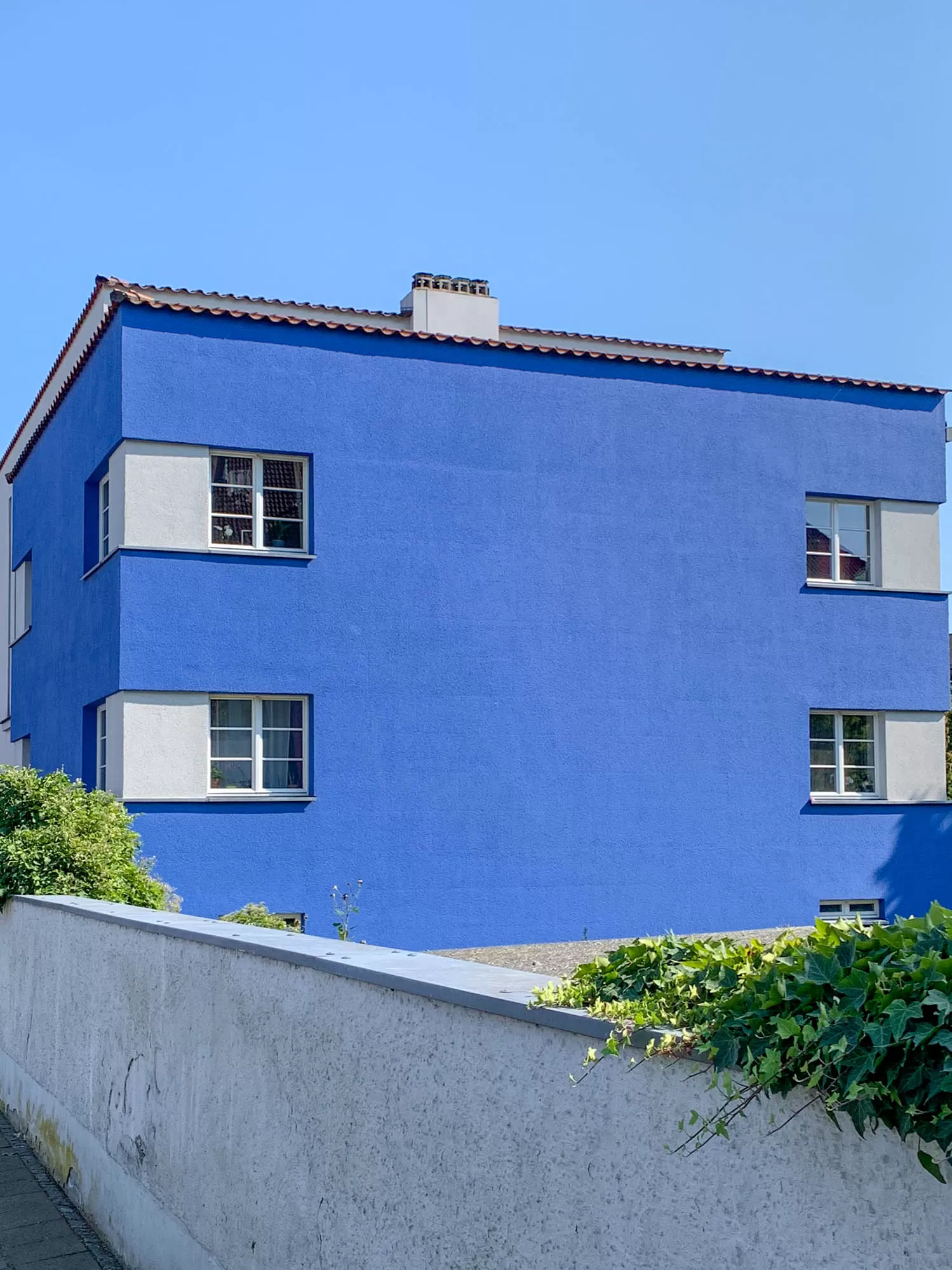
Housing Estate Italienischer Garten, 1923-1925. Architect: Otto Haesler. Photo: Daniela Christmann
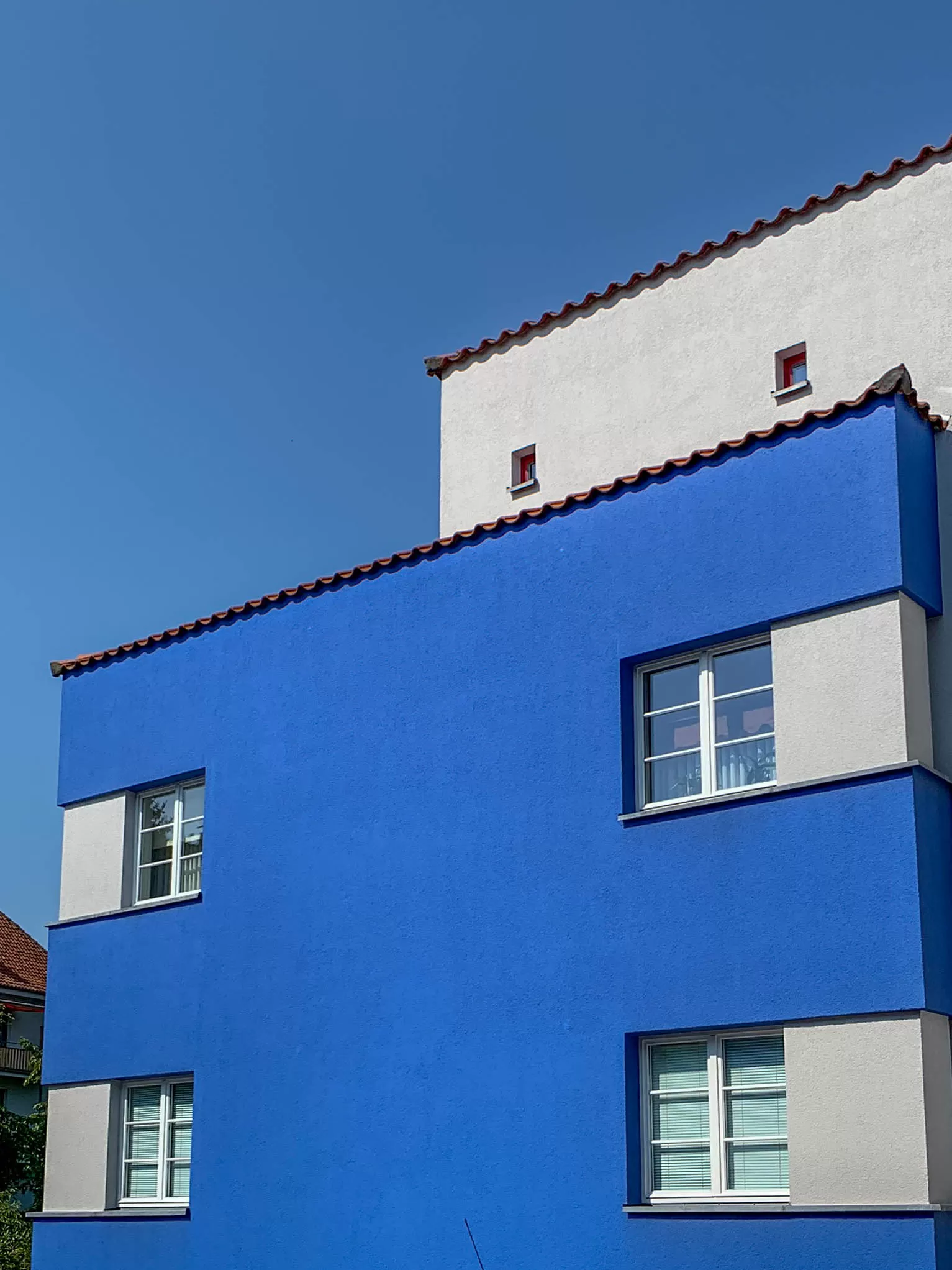
Housing Estate Italienischer Garten, 1923-1925. Architect: Otto Haesler. Photo: Daniela Christmann

Housing Estate Italienischer Garten, 1923-1925. Architect: Otto Haesler. Photo: Daniela Christmann
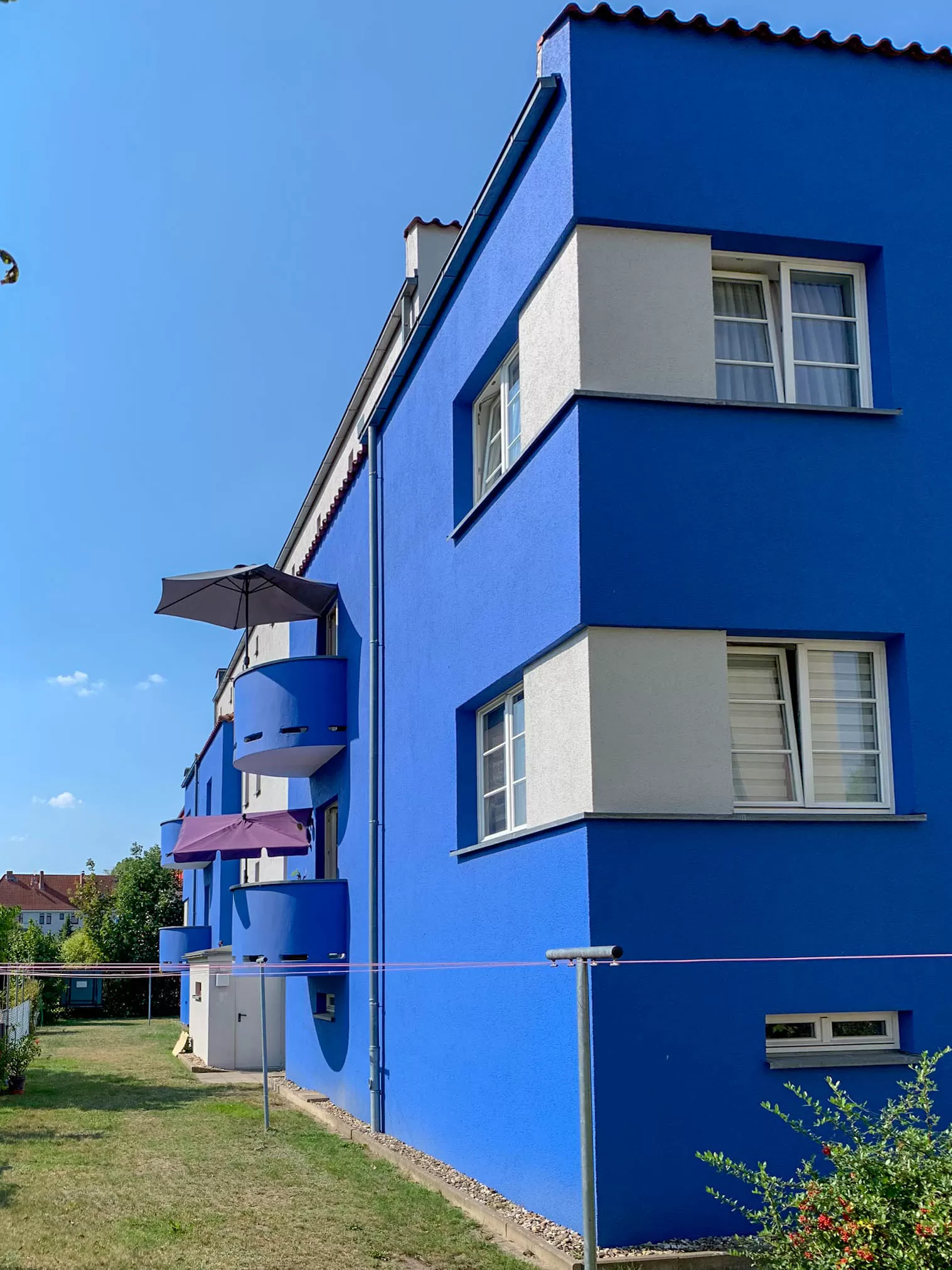
Housing Estate Italienischer Garten, 1923-1925. Architect: Otto Haesler. Photo: Daniela Christmann

